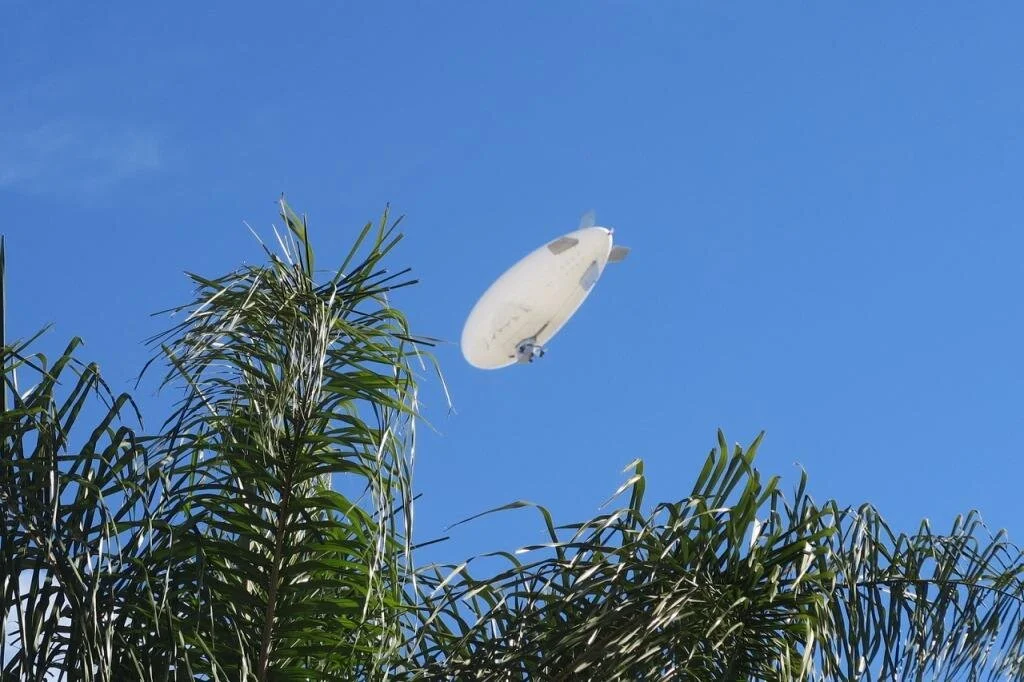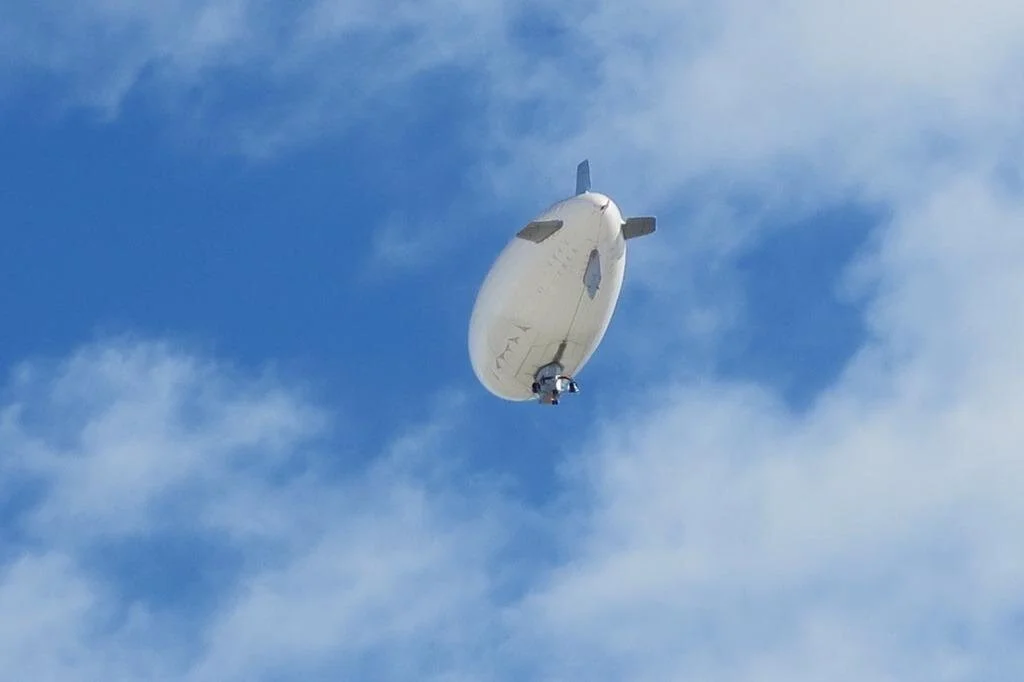Solstice Canyon in Malibu Has a Perennial Waterfall and Much More
/Solstice Canyon is a worthy local hiking destination, located at the intersection of Corral Canyon and Solstice Canyon Roads in Malibu. It is home to one of the only year-round waterfalls in the Santa Monica Mountains.
The main trail is the Solstice Canyon Trail, a fairly easy, not too steep, 2.1 mile round trip hike, largely paved, to the stone and brick ruins of the Fred and Florence Roberts ranch house. This house is referred to as the Tropical Terrace.
Missouri native Fred Roberts founded Roberts Public Market, a chain of grocery and liquor stores, in the late 1920s. He sold the chain in 1949, while in the meantime amassing nearly 1,000 acres in Solstice Canyon.
A large portion of the Solstice Canyon Trail is paved.
In 1952, Roberts hired renowned African-American architect Paul R. Williams to design the home, which featured beautiful architectural designs that blended into the serene environment and incorporated fire protection features using pumps, pipes and water collection pools. Roberts passed away in 1976. In 1982, the Dayton Canyon Fire burned the site to the ground.
Remains of the home of Fred and Florence Roberts at the top of Solstice Canyon.
Today you can see the foundation, fireplaces, steps and other interesting features, then explore the shaded rock pool area, where you'll see the waterfall (which in drought years can be quite small, but perennial nonetheless).
Waterfall access is the right (east) of the Roberts home.
Naturally canopied rock pool area where the waterfall can be seen and explored.
On the way to the Roberts House, you will see a sign, "Built of Stone and Tin." Read about the wood cabin purchased by Henry Keller in 1901 that was destroyed by a fire two years later. Keller, who enjoyed hunting and fishing in Solstice Canyon, rebuilt the one room hunting lodge in stone and tin to withstand future fires. Over the years, wood porches were added. The structure was scorched in the Corral Fire of 2007. But the stone walls are still there today...and are considered to be the oldest still-existing in Malibu today.
You can walk fairly close to the Keller House ruins.
Other trails include the:
Dry Canyon Trail - 1.2 mile easy round trip canyon trail that in the winter brings a 150 foot waterfall and stream.
TRW Loop Trail - 1.5 mile round trip loop that is fairly easy.
Rising Sun Trail - 1.5 mile moderate trail on the eastern ridgeline of the canyon that connects at the top to the Solstice Canyon Trail near the waterfall.
Sostomo Trail/Deer Valley Trail - Moderate to strenuous extension from near the top of the Solstice Canyon Trail of roughly 4 miles.
There is a small amphitheater at the main parking area, public restrooms and several picnic areas here. A great place to bring the kids! Dog friendly too (except not dogs in the waterfall area), as long as they are on leash.
Solstice Canyon was opened as a public park by the Santa Monica Mountains Conservancy in 1988 and today is managed by the National Park Service. More information at www.nps.gov/samo/planyourvisit/solsticecanyon.htm.
One way to get to Solstice Canyon from Thousand Oaks is to take the 101 south to Las Virgenes/Malibu Canyon Road, south to PCH, where you'll turn right (west). Turn right on Solstice Canyon Road (a light) and your first left is Solstice Canyon. There is limited parking at the entrance, but the main parking lot is about 1/4 mile up the hill.













